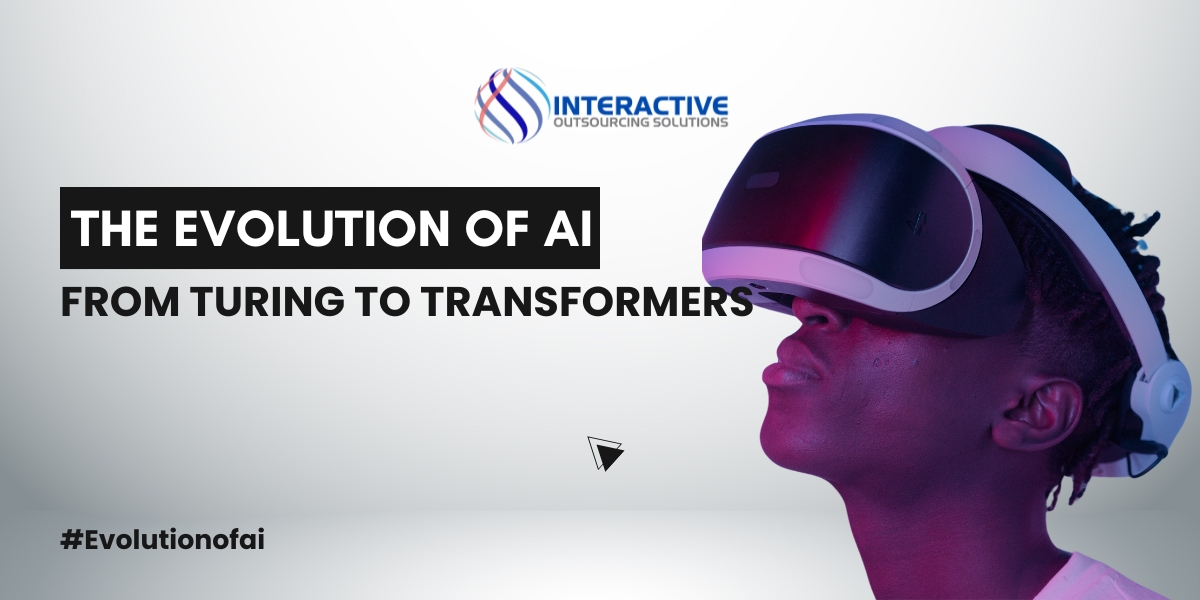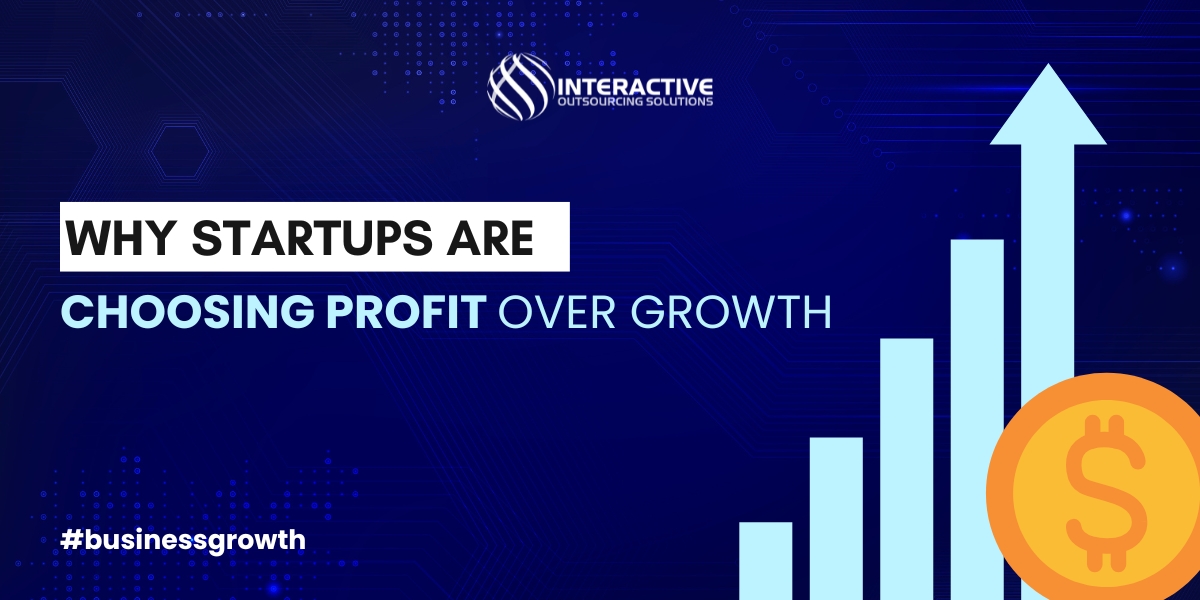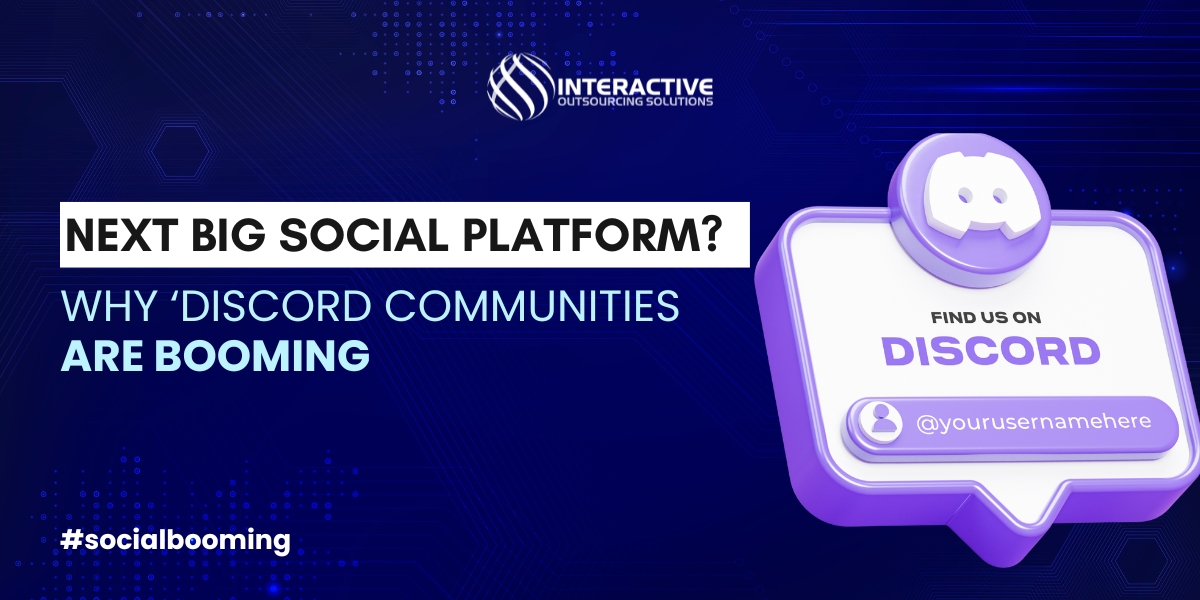Share
- 1. The Birth of AI: Alan Turing and the Foundations of Artificial Intelligence
- 2. Early Milestones in AI Development (1950s–1980s)
- 3. AI Winters and Renewed Progress (1980s–2000s)
- 4. Rise of Data-Driven AI and Machine Learning (2000s–2010s)
- 5. The Era of Transformers: A New Age in Artificial Intelligence (2017–Present)
- 6. How Did AI Evolve from Turing to Today?
- FAQs
Artificial Intelligence (AI) is everywhere today, powering our phones, helping us shop online, assisting doctors, acting as your personal counsellor, and even creating content. But how did we get here? How did machines go from being simple calculators to learning, adapting, and talking like humans?
Let’s take a look at the entire journey, the evolution of AI, starting from one man’s curious question to today’s powerful models that understand and generate human language.
1. The Birth of AI: Alan Turing and the Foundations of Artificial Intelligence
The story of AI begins with a simple yet powerful question: “Can machines think?”
This question was asked back in 1950 by Alan Turing, a brilliant British mathematician. His curiosity wasn’t just a passing thought rather a starting point for everything AI is today.
Turing didn’t just ask the question; he also suggested a way to answer it. He came up with something called the Turing Test, which checks if a machine can carry on a conversation well enough to fool a human into thinking it’s a person. While no machine has completely passed the test yet, it remains an important milestone in the AI evolution timeline.
Turing’s work laid the foundations of AI, setting the stage for decades of innovation.
2. Early Milestones in AI Development (1950s–1980s)
Fast forward to 1956, a group of researchers gathered at a now-famous event called the Dartmouth Conference in the U.S. This is where the term “artificial intelligence” was officially born. The goal? To explore how machines could simulate human intelligence.
This early period saw the rise of symbolic AI, where machines followed rules and logic to solve problems. Several American pioneers like John McCarthy (who coined the term AI), Marvin Minsky, and others played key roles in shaping early AI research. The U.S. contribution to AI development became increasingly significant during this time, turning the country into a central hub for AI innovation.
These decades were full of excitement, but progress was slower than expected, leading to challenges later on.
3. AI Winters and Renewed Progress (1980s–2000s)
As interest in AI grew, so did the expectations. But by the 1970s and again in the late 1980s, researchers realized that building truly intelligent machines was harder than they thought. This led to what’s known as the AI winters, periods where funding and interest in AI dried up.
Still, many researchers in the U.S. kept working quietly in the background. They focused on improving algorithms, collecting more data, and exploring new ideas that would later become essential in the evolution of AI.
4. Rise of Data-Driven AI and Machine Learning (2000s–2010s)
Things started to change in the 2000s when more data became available and computers got faster. Instead of telling machines what to do step-by-step, scientists started teaching them to learn from examples. This is called machine learning.
This new direction helped AI improve in areas like speech recognition, image analysis, and even self-driving technology. Companies in the U.S.—like Google, Amazon, and Microsoft—played a huge role in pushing these technologies forward, further strengthening the U.S. contribution to AI development.
5. The Era of Transformers: A New Age in Artificial Intelligence (2017–Present)
A big breakthrough came in 2017 with the introduction of Transformer models in AI. These models, like Google’s BERT and OpenAI’s GPT, changed the game for AI, especially in understanding and generating human language.
So, what are Transformer models in AI? In simple terms, they’re advanced systems that can read, understand, and even write text that feels natural, almost like a human. They’re behind chatbots, translation tools, and many other smart applications we use today.
Thanks to these models, AI is no longer just following rules, it’s understanding context, emotions, and meaning in a whole new way. It marks a bold leap forward in the AI evolution timeline.
6. How Did AI Evolve from Turing to Today?
How did AI evolve from Turing to today? From Turing’s question to Transformer models, the path of AI has been full of ups and downs. It moved from theoretical ideas to real-world applications that we now depend on every day.
We’ve gone from teaching machines with rules, to training them with data, to building systems that can learn and adapt on their own. It’s been an exciting journey and it’s still going. The evolution of AI continues to unfold in real time.
Conclusion
The evolution of AI has been nothing short of remarkable. What started as a question in a mathematician’s mind has grown into a global force shaping how we live, work, and connect. And while we’ve come a long way, there’s still so much more to explore.
As AI continues to grow, one thing is clear: we’re only at the beginning of what’s possible.
FAQs
1: What are Transformer models in AI?
They are advanced AI models that understand and generate human language. Transformers like GPT and BERT marked a major leap in the evolution of AI.
2: How did AI evolve from Turing to today?
AI evolved from Turing’s early ideas and the Turing Test to powerful models like Transformers. It moved from rule-based logic to learning from data and context.
3: What are the U.S. contributions to AI development?
The U.S. has led AI innovation, from early research and the Dartmouth Conference to modern Transformer models developed by companies like OpenAI and Google.
Like what you are reading? We have more blogs that will interest you on our Blog paage






